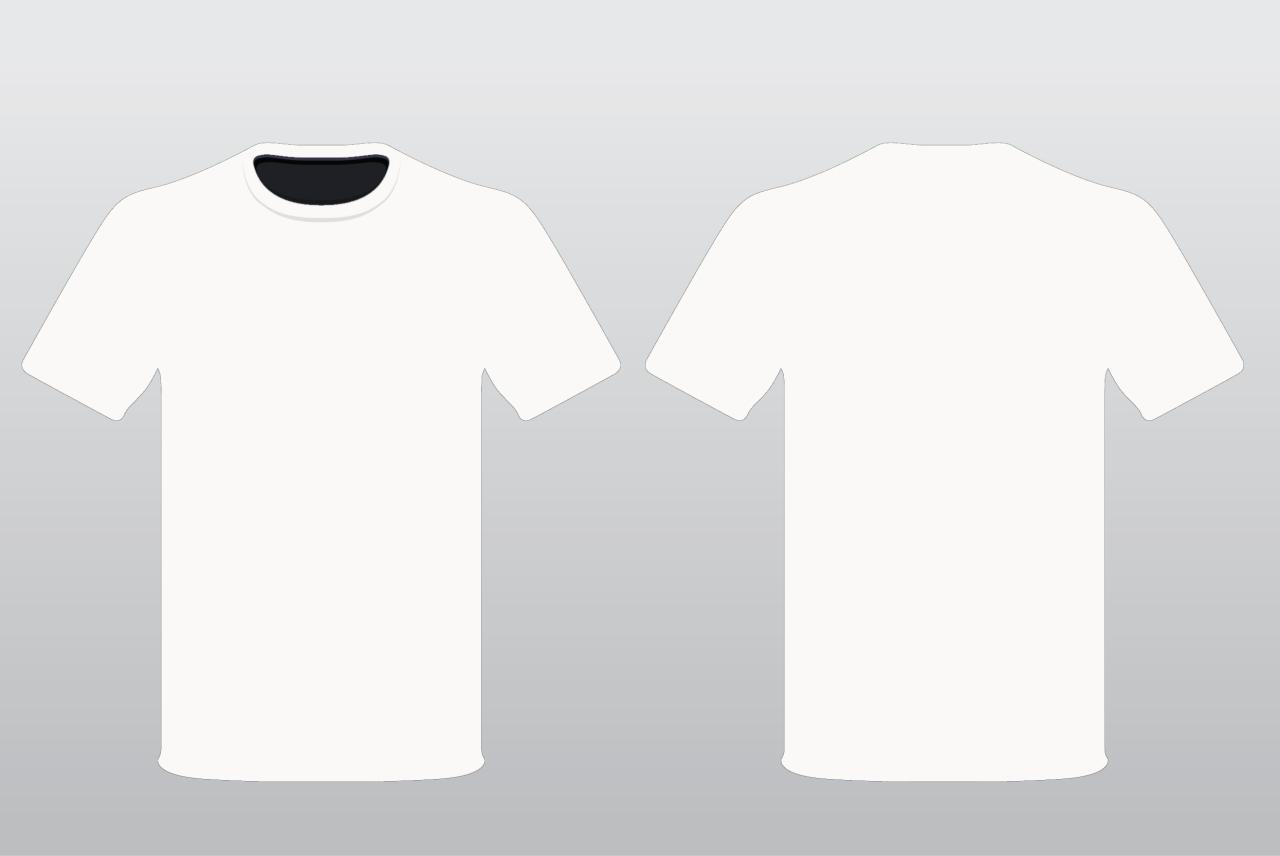
Creating Custom T-shirt Designs: A Comprehensive Guide to Design Templates
T-shirts have become a ubiquitous form of self-expression, allowing individuals to showcase their unique personalities, passions, and beliefs. Whether you’re looking to create a one-of-a-kind garment for yourself or embark on a T-shirt design business, mastering the art of designing T-shirt templates is essential. This comprehensive guide will provide you with a step-by-step process to create stunning T-shirt designs using industry-standard software.
Step 1: Choose the Right Design Software
Several design software options are available, each with its unique features and learning curve. For beginners, user-friendly platforms like Canva or Adobe Spark offer pre-made templates and intuitive tools.
For more advanced users, professional graphic design software such as Adobe Photoshop or Illustrator provides greater flexibility and control over design elements.
Step 2: Define Your Target Audience
Consider the demographics, interests, and preferences of your target audience. This will help you tailor your design to resonate with them effectively.
Step 3: Establish a Design Concept
Brainstorm ideas and develop a central theme for your design. Consider using typography, graphics, or a combination of both to convey your message.
Step 4: Choose T-shirt Size and Color
Select the appropriate T-shirt size and color that complements your design. Consider the garment’s material and fit to ensure a comfortable and visually appealing outcome.
Step 5: Create Your Design in the Selected Software
Using Canva
- Open Canva and create a new design.
- Select "T-shirt" from the "Create a design" options.
- Choose a pre-made template or start with a blank canvas.
- Add text, images, and graphics as desired.
- Customize fonts, colors, and layout to suit your preferences.
Using Adobe Photoshop
- Create a new Photoshop document with the desired T-shirt dimensions.
- Set the resolution to 300 dpi for high-quality printing.
- Import your design elements or create them from scratch.
- Use layers to organize and edit different elements separately.
- Adjust the size, position, and opacity of elements to create your design.
Step 6: Optimize Your Design for Printing
- Convert your design to a high-resolution file format like PNG or JPEG.
- Ensure the image is at least 300 dpi for sharp and clear printing.
- If your design includes multiple colors, separate them into individual layers for accurate color reproduction.
Step 7: Proofread and Finalize
- Carefully review your design for any errors in spelling, grammar, or layout.
- Ask for feedback from others to gain fresh perspectives.
- Make any necessary adjustments and finalize your design.
FAQ:
- What are the typical T-shirt sizes and dimensions?
Standard T-shirt sizes range from XS to XXL and vary depending on the manufacturer. It’s recommended to consult the size chart provided by the printing company you intend to use.
- What are the recommended file formats for T-shirt printing?
High-resolution file formats like PNG or JPEG at 300 dpi are preferred for sharp and vibrant prints.
- How can I ensure accurate color reproduction?
Use a color calibration tool to ensure your monitor accurately displays colors. If your design involves multiple colors, it’s best to provide the printing company with a physical color swatch or a Pantone color code.
-
What are some tips for designing effective T-shirts?
-
Keep your design simple and impactful.
-
Use high-quality graphics and images.
-
Consider the placement of your design to optimize visual appeal.
-
Experiment with different fonts and typography to create a unique look.
-
Use color psychology to evoke specific emotions or convey messages.
-
How can I protect my T-shirt designs from copyright infringement?
Register your designs with the appropriate copyright authorities to protect your intellectual property rights.
- Can I sell T-shirts with copyrighted images or logos?
Using copyrighted images or logos on T-shirts for commercial purposes without permission is a violation of copyright law. Obtain proper licensing or permissions before using copyrighted materials in your designs.
- What are the best online platforms for selling custom T-shirts?
Several online platforms like Etsy, Shopify, and Printful offer tools and marketplaces for selling custom T-shirts.
- Can I create T-shirt designs without artistic skills?
Yes, you can use pre-made templates, online design tools, or hire a graphic designer to create T-shirt designs even if you lack artistic skills.
-
What are the latest trends in T-shirt design?
-
Retro and Vintage Designs: Nostalgic designs inspired by past decades are making a comeback.
-
Minimalist Designs: Simple, clean designs with limited elements and typography are gaining popularity.
-
Tie-Dye and Watercolor Effects: Vibrant and artistic tie-dye and watercolor patterns are trending.
-
Social and Environmental Activism: T-shirts are increasingly used to raise awareness for social and environmental issues.
-
Customizable Designs: T-shirts that allow customers to personalize with their names or messages are in demand.
-
How can I learn more about T-shirt design?
-
Take online courses or workshops on T-shirt design.
-
Study design principles and color theory.
-
Practice regularly and experiment with different design styles.
-
Seek inspiration from online design communities and popular T-shirt brands.
By following these steps and incorporating the tips provided, you can create stunning T-shirt designs that will capture the attention of your target audience. Whether you’re designing for personal use or commercial purposes,






